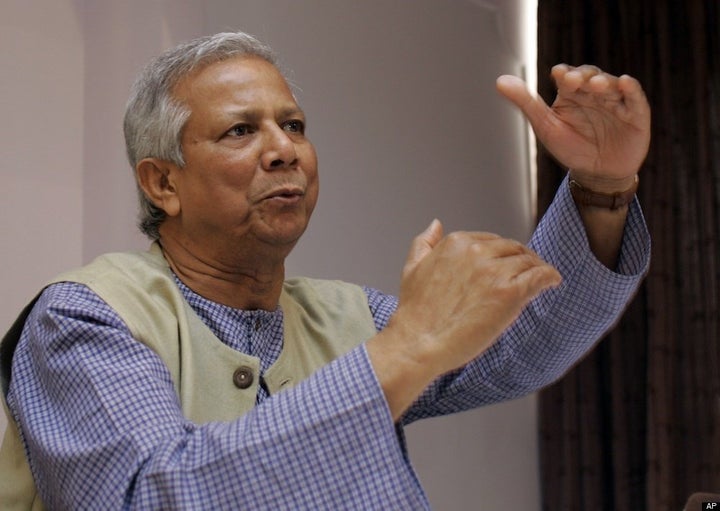
With the advent of sites like Kiva, the popularity of microlending is spreading, and may soon rival nonprofit donations as the prominent method of supporting those in developing nations.
The Kiva.org process is simple: ambitious entrepreneurs in other nations have profiles with a listing of how much money they'll need to start or grow their business; these loans range from $100 to several thousand dollars. That money is then repaid when available.
Microlending has been so successful overseas, that it's starting to work for small business owners in the U.S., especially during the recession.
As The New York Times details, most American banks tend not to make loans of less than $50,000 -- the risk simply outweighs the potential profits. Though the interest rates for microlenders can be higher than that of a traditional bank, the lendee gets more time to repay the loan. The objective can often surprise people, according to microlending pioneer Muhammad Yunus.
"It's an unheard of concept," he says in the upcoming documentary To Catch A Dollar. "A bank which lends money not to lend money, but to help people."
An official selection at the 2010 Sundance Film Festival, To Catch A Dollar presents the successes of microlending, and the trouble that Yunus' Grameen Bank may find in bringing the practice to the U.S.
WATCH the trailer:
If you've benefited from a microloan or know someone who has, HuffPost Impact wants your story. E-mail us at impact@huffingtonpost.com with the subject "Microlending Story" and you could be featured on Impact!